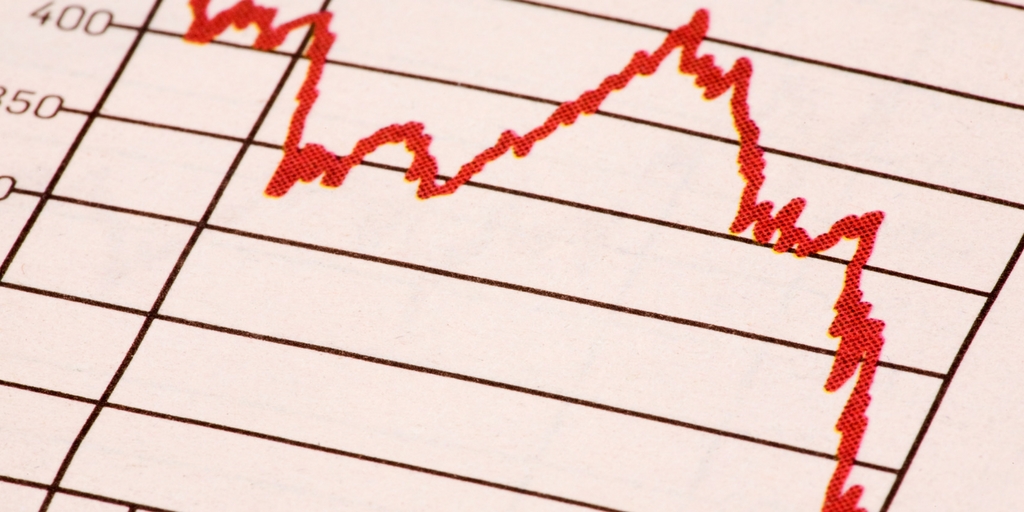Top 5 Things to Do During a Volatile Market
The market takes a tumble and then keeps fluctuating, so it’s understandable that you’re feeling nervous about your investments. But with investing, making decisions based on fear can lead to costly mistakes. Here’s how to get through this year’s forecasted bumpy ride without losing your composure—or your money, for that matter.
- Lock Down Your Emotions
It’s natural to experience a range of emotions when the market becomes a roller-coaster ride. Contrary to your natural instincts, though, it’s best not to get carried away and make the situation into something it’s not.
Remember that the market is a reflection of many factors, with fear and uncertainty as two of the most significant. While our fight-or-flight instinct helps us survive, unfortunately, it can be damaging when it comes to making the best move for you and your money. If you’re feeling fear, it’s possible you may not understand what you own or why you own it. Take time to gather the facts, such as where your portfolio is positioned. If you aren’t sure, ask.
- Broaden Your Perspective
The market is cyclical by nature. Recent low volatility, as seen in 2017, made many investors complacent as they enjoyed the ride to new, higher levels. Historically, the volatility has just returned to “normal.” To gain some perspective on your situation, reflect on where you were in 2000, 2011, 2015, all difficult years for the stock market. Do you remember what you did then? Probably not, and that is the point. Over time, these swings look more like bumps in the road, as you “zoom out” and survey the bigger picture. - Seek Opportunities
Market corrections of 10-20%, like we just experienced, can provide opportunities to invest in solid companies at lower prices. This is why rebalancing a portfolio is so important, because it gives you an opportunity to buy low and sell high. If you just cannot stomach the idea of buying another investment, take this moment to reassess your attitude toward risk and reward. The best time to consider your risk tolerance is now, after the market has plunged. While you might wait to revise your allocation, keep what you learned in mind and take small steps to get yourself into a comfortable long-term allocation that stands the test of time. - Don’t Join the Herd
News media, co-workers, family, and friends are no doubt talking about how terrible the market is. Humans like to be considered part of a group, so it is challenging to go against the herd. After all, in our early evolution, that could be quite deadly! Fortunately, when it comes to investments and goals, everyone is different. You don’t need to try to copy what others say they are doing. - Increase Your Knowledge to Increase Your Confidence
As someone who loves to learn, I have found it’s easier to navigate tumultuous markets using information and education rather than relying on unknowns. An abundance of resources are available to increase your knowledge of investment strategies, risk, and financial planning. If you prefer not to surf the internet, my website, www.scfinancialservices.com, includes articles and information on these topics. I also welcome you to reach out for a free second opinion.
Additionally, companies like Schwab, Vanguard, and others that do not carry conflicts of interest when providing investment advice, have great basic guidelines to get you started.
Ultimately, patience is rewarded, not fear. The best way to be patient is understanding WHY you can be patient, and that comes with knowledge.









